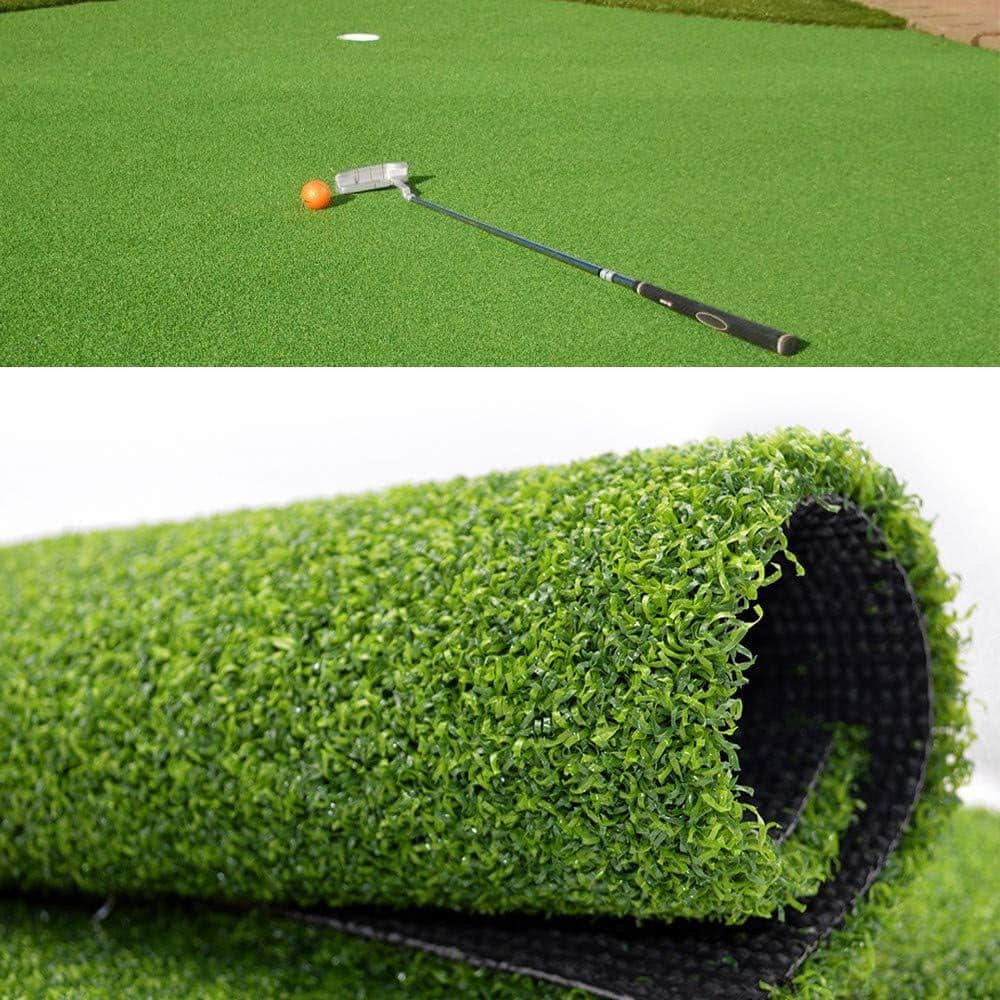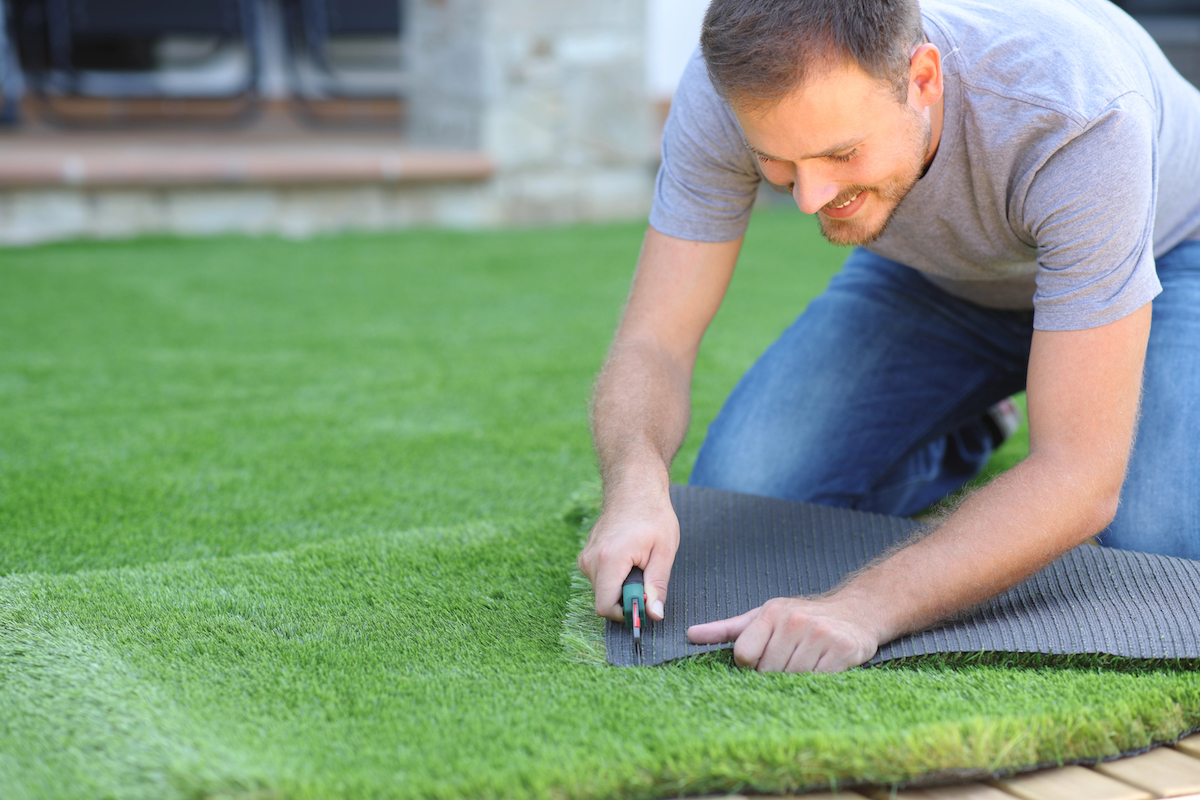Get a Ideal Lawn with Arizona Artificial Turf for Any Outdoor Space
Look Into the Environmental Perks of Opting for Synthetic Grass Solutions
The adoption of man-made grass remedies presents a compelling chance to address pressing ecological difficulties. By dramatically decreasing water use and decreasing the application of hazardous chemicals, these options not just advertise lasting landscape design however additionally shield neighborhood communities.
Water Conservation Advantages
One of the most significant benefits of man-made grass is its ability to preserve water. In contrast, artificial lawn does not need watering, significantly lowering the general demand for water sources.
By eliminating the need for regular watering, man-made lawn adds to lasting landscape techniques and assists mitigate the ecological influence of too much water intake. Furthermore, the conservation of water encompasses the decrease of overflow, which can lead to dirt disintegration and waterway contamination.
Additionally, the setup of synthetic grass enables communities and homeowners to allocate water resources a lot more successfully, focusing on important uses such as alcohol consumption water and farming. The change towards synthetic grass not just advertises responsible water usage however likewise aligns with more comprehensive environmental goals aimed at protecting natural sources.
As neighborhoods significantly focus on sustainability, the water preservation advantages of synthetic grass offer an engaging instance for its fostering in business and property landscape design jobs.
Minimized Chemical Use
The shift to man-made grass substantially reduces the reliance on chemical treatments commonly made use of in all-natural lawn upkeep. Standard grass management generally involves the application of herbicides, plant foods, and chemicals to advertise growth and control insects. These chemicals can pose threats to human wellness, regional wildlife, and the setting, adding to soil and water contamination.
On the other hand, fabricated lawn gets rid of the need for these harmful materials. When installed, it calls for very little upkeep, largely consisting of regular cleansing and irregular infill replenishment. This decrease in chemical usage not just benefits the prompt environment yet likewise adds to wider ecological security. By reducing the launch of synthetic substances into the ecological community, synthetic grass promotes much healthier soil and water supply.
Additionally, the lack of chemical runoff related to synthetic grass setups aids safeguard regional rivers from pollution, supporting marine life and maintaining biodiversity. Artificial turf companies phoenix. As areas increasingly prioritize sustainable methods, deciding for synthetic grass offers a viable solution that lines up with environmental preservation objectives. Via this shift, building proprietors can enjoy lush eco-friendly areas without jeopardizing eco-friendly wellness, leading the means for an extra sustainable future
Reduced Carbon Footprint

Moreover, the installment of synthetic grass can result in considerable water preservation. All-natural grass call for substantial quantities of water for irrigation, which not only includes in the carbon impact related to water extraction and treatment however likewise stress neighborhood water sources. On the other hand, synthetic grass requires marginal upkeep, calling for no watering, thereby considerably decreasing water usage and its connected energy navigate to this site expenses.
In addition, the long life of fabricated lawn adds to its decreased carbon effect. With a life expectancy of as much as 15 years or more, the demand for frequent substitutes is lessened, causing less waste and lower energy intake in production and taking care of typical yard options. In general, synthetic grass offers a lasting choice for environmentally aware landscape design.
Habitat Conservation
Environment preservation is a crucial factor to consider in the dispute over landscaping choices, specifically when comparing synthetic grass to natural grass. All-natural turf lawns usually need comprehensive upkeep, including using herbicides, plant foods, and pesticides, which can detrimentally impact neighborhood communities. These chemicals can seep into the dirt and rivers, hurting indigenous flora and animals and disrupting neighborhood habitats.
On the other hand, artificial grass offers a chance to lower the environmental impact of landscaping. By choosing artificial turf, homeowners can lessen the disturbance of natural habitats related to conventional yard treatment practices. Synthetic grass eliminates the requirement for unsafe chemicals, thus shielding nearby wildlife and preserving the honesty of surrounding environments. In addition, the installation of man-made lawn can lead to the conversion of former lawn locations right into more biodiverse landscapes, such as pollinator gardens or native plant locations, which can support regional wild animals.
Inevitably, the shift to man-made grass not only conserves water and reduces upkeep initiatives however also fosters a more unified connection in between human activities and the all-natural setting, promoting habitat preservation while doing so.
Long-Term Sustainability
Long-term sustainability is a critical consider evaluating the advantages of artificial turf over traditional grass yards. Among the most substantial advantages of synthetic grass is its longevity; it can last as much as 15-20 years with minimal upkeep, whereas natural grass calls for regular reseeding and substitute. This durability reduces the demand for constant sources, such as water, fertilizers, and chemicals, which are YOURURL.com necessary for maintaining a healthy and balanced turf yard.
Furthermore, artificial lawn adds to a decrease in carbon discharges connected with yard treatment devices. Conventional grass typically require gas-powered mowers, leaners, and blowers, all of which add to air pollution. Arizona turf. In contrast, synthetic grass removes the need for such devices, promoting a cleaner environment
Additionally, the manufacturing of synthetic lawn increasingly uses recycled products, boosting its sustainability profile. As producers take on environmentally friendly techniques, the ecological footprint of synthetic grass proceeds to diminish.

Final Thought
The fostering of synthetic grass remedies provides significant ecological advantages, consisting of substantial water preservation, reduced dependence on dangerous chemicals, and a lower carbon impact. Fabricated turf help in maintaining natural environments by minimizing land disturbance and advertising lasting sustainability through the usage of sturdy materials. Collectively, these aspects emphasize the potential of man-made lawn to contribute positively to ecological wellness and provide a feasible choice to traditional landscaping techniques in a significantly resource-conscious world.
In contrast, man-made grass does not require watering, significantly decreasing the general need for water sources. By minimizing the release of synthetic compounds into the environment, fabricated lawn advertises healthier soil and water systems.
Furthermore, the installation of synthetic grass can result in considerable water preservation. In contrast, man-made grass requires very little upkeep, needing no watering, consequently substantially lowering water use and its connected power expenses.
